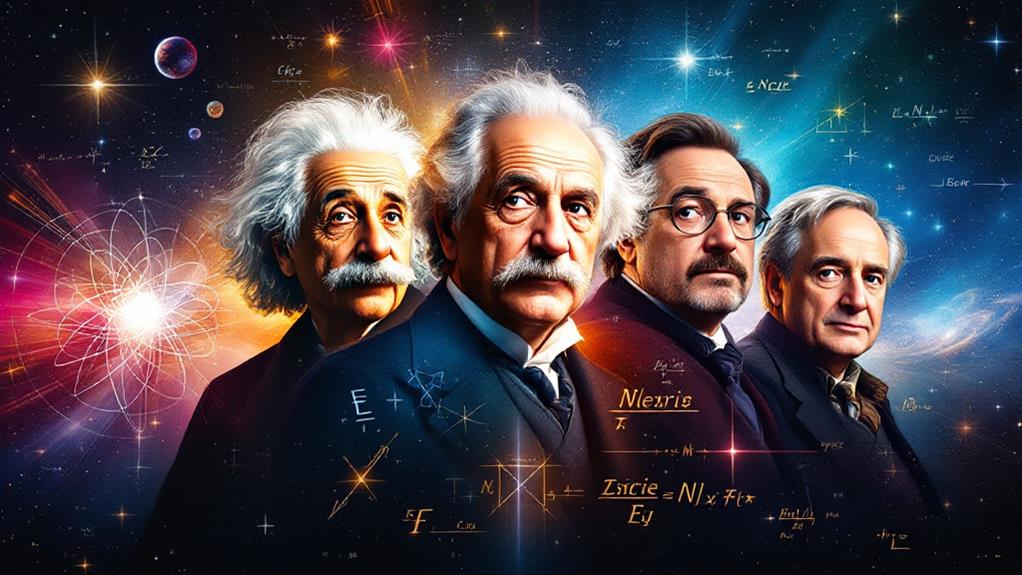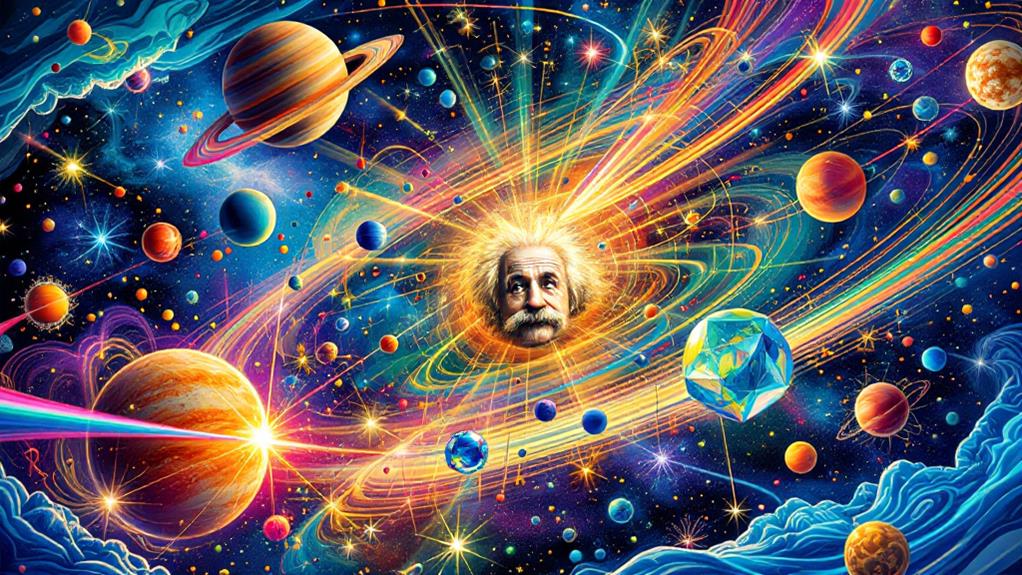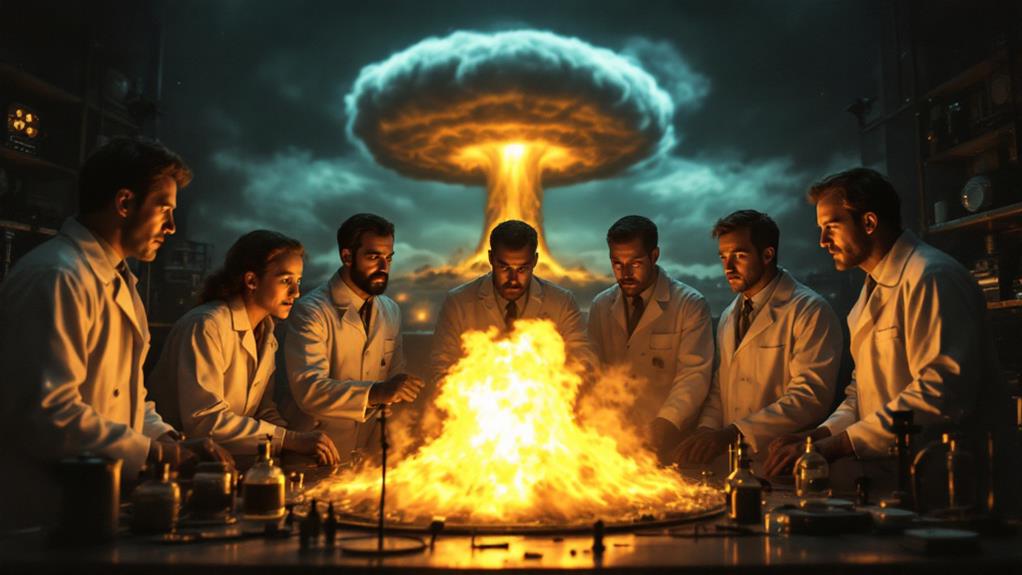Pioneering Women Scientists: Trailblazers Who Changed the World

Pioneering women scientists have revolutionized our understanding of the world, overcoming significant barriers to make groundbreaking discoveries. You'll find trailblazers like Marie Curie, who uncovered radioactivity, and Rosalind Franklin, whose work was essential in revealing DNA's structure. Ada Lovelace created the first computer algorithm, while Jane Goodall transformed our knowledge of primates. Katherine Johnson's calculations were indispensable for NASA's space missions, and Rachel Carson's research sparked the modern environmental movement. These exceptional women challenged prevailing beliefs, inspired generations, and paved the way for future scientists. Their stories of perseverance and brilliance continue to shape our world today.
Marie Curie: Radioactivity Pioneer
Curie's radioactive revelations didn't stop there. She and her husband Pierre isolated two new elements: polonium and radium. Their work on radioactivity earned them a Nobel Prize in Physics in 1903, making Marie the first woman to receive this prestigious award.
You'll find Curie's impact extends far beyond her initial findings. Her research laid the foundation for numerous radioactivity applications in medicine and industry. She developed mobile X-ray units during World War I, revolutionizing battlefield medicine. Today, her work continues to influence cancer treatments and medical imaging techniques.
Curie's dedication to science was unwavering. She received a second Nobel Prize in 1911, this time in Chemistry, for her work on radium and polonium. Her legacy as a brilliant scientist and role model for women in STEM endures to this day.
Rosalind Franklin: DNA's Unsung Hero
Rosalind Franklin's contributions to science came to light long after her untimely death. You might not know her name, but her work was essential in uncovering the structure of DNA. Franklin excelled in x-ray crystallography, a technique she used to capture detailed images of DNA molecules.
Her famous "Photo 51" provided key evidence for the double helix structure of DNA. However, her male colleagues, Watson and Crick, used her data without her knowledge or consent to build their molecular modeling of DNA. They went on to win the Nobel Prize, while Franklin's role remained unacknowledged for years.
Franklin's expertise wasn't limited to DNA. She also made significant contributions to understanding the molecular structures of viruses, coal, and graphite. Her careful approach to research and innovative techniques in x-ray diffraction set new standards in the field.
Despite facing gender discrimination in her career, Franklin's dedication to science never wavered. Her work laid the foundation for modern molecular biology, and today, she's recognized as a pioneering figure in the discovery of DNA's structure.
Ada Lovelace: First Computer Programmer
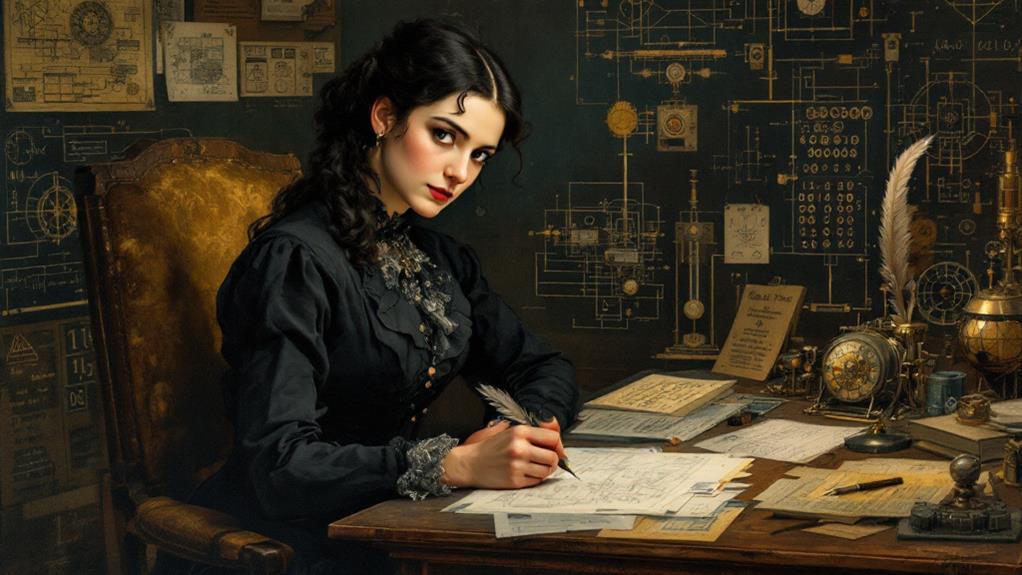
While Rosalind Franklin worked with the building blocks of life, Ada Lovelace investigated the foundations of modern computing. Born in 1815, Lovelace was the daughter of poet Lord Byron and grew up under her mother's influence, who encouraged her mathematical studies to counteract any potential "madness" inherited from her father.
Lovelace's analytical abilities and mathematical prowess caught the attention of Charles Babbage, inventor of the Analytical Engine, an early mechanical computer. In 1843, she translated an article about Babbage's machine from Italian to English, adding extensive notes that surpassed the original text in length and complexity.
In these notes, Lovelace described how the Analytical Engine could be programmed to compute Bernoulli numbers, effectively creating the world's first computer algorithm. She also envisioned the machine's potential beyond mere calculation, suggesting it could manipulate symbols and even create music.
Despite her pioneering work, Lovelace's contributions were largely overlooked until the 1950s. Today, you'll find her recognized as the first computer programmer, with Ada Lovelace Day celebrated annually to honor women in STEM fields.
Jane Goodall: Primatology Trailblazer
Jane Goodall's pioneering work with chimpanzees revolutionized our understanding of primates and their relationship to humans. At just 26 years old, she embarked on a groundbreaking study of chimpanzees in Gombe, Tanzania. Her patient observations and innovative research methods revealed startling similarities between chimps and humans, challenging prevailing scientific beliefs.
You'll be amazed to learn that Goodall commenced a groundbreaking study of chimpanzees in Gombe, Tanzania. Her patient observations and innovative research methods revealed startling similarities between chimps and humans, challenging prevailing scientific beliefs.
Goodall's research extended beyond chimpanzee behavior to encompass conservation efforts. She founded the Jane Goodall Institute, dedicated to protecting chimpanzees and their habitats. Her tireless advocacy has inspired generations of scientists and conservationists worldwide.
Today, at 89, Goodall continues to be a powerful voice for environmental conservation and animal welfare. Her legacy reminds you that with passion and perseverance, one person can truly change the world and our understanding of it.
Katherine Johnson: Space Race Mathematician
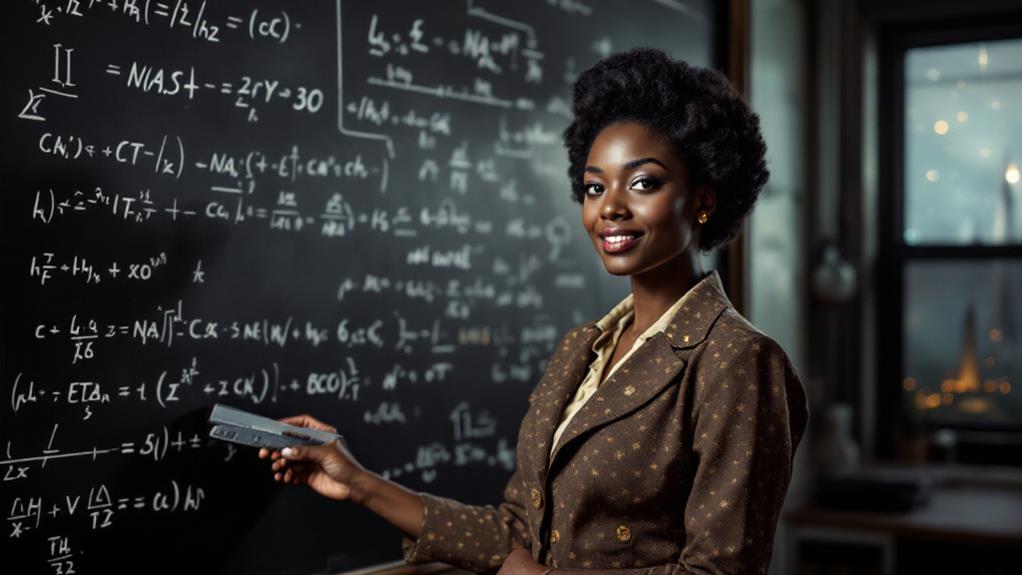
Katherine Johnson's mathematical genius propelled the United States to new heights in the Space Race. As a NASA mathematician, she played a pivotal role in calculating orbital trajectory calculations for numerous space missions. Her work was instrumental in ensuring the success of Alan Shepard's historic flight as the first American in space and John Glenn's transformative orbital mission.
You might recognize Johnson's name from the 2016 Hidden Figures film adaptation, which brought her remarkable story to a wider audience. Despite facing discrimination as an African American woman in a predominantly white male field, Johnson's brilliance and determination shone through. Her calculations were so precise that even as electronic computers became more prevalent, astronauts like John Glenn specifically requested that she double-check the machine's computations.
Johnson's contributions extended beyond the Mercury program. She also worked on the Apollo missions, including the famous Apollo 11 moon landing. Her legacy continues to inspire generations of women and minorities in STEM fields, reminding us that talent knows no bounds when given the opportunity to flourish.
Rachel Carson: Environmental Science Champion
Revolutionizing environmental awareness, Rachel Carson sparked a global movement with her pioneering book "Silent Spring." Published in 1962, this seminal work exposed the devastating effects of pesticides on wildlife and human health. Carson's research and eloquent prose challenged the chemical industry's practices, leading to significant policy changes and the eventual ban of DDT in the United States.
You'll find that Carson's impact extends far beyond "Silent Spring." Her earlier works on ocean conservation, including "The Sea Around Us" and "Under the Sea Wind," enthralled readers and cultivated a deep appreciation for marine ecosystems. These books not only showcased her scientific knowledge but also demonstrated her exceptional ability to communicate complex ideas to a general audience.
Carson's legacy continues to inspire environmentalists worldwide. Her work laid the foundation for modern environmental science and helped shape public consciousness about humanity's impact on nature. By championing the interconnectedness of all living things, she paved the way for a more comprehensive approach to environmental protection. Today, you can see Carson's influence in ongoing efforts to address climate change, protect biodiversity, and promote sustainable practices.
